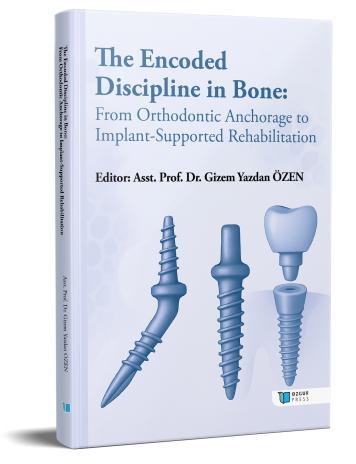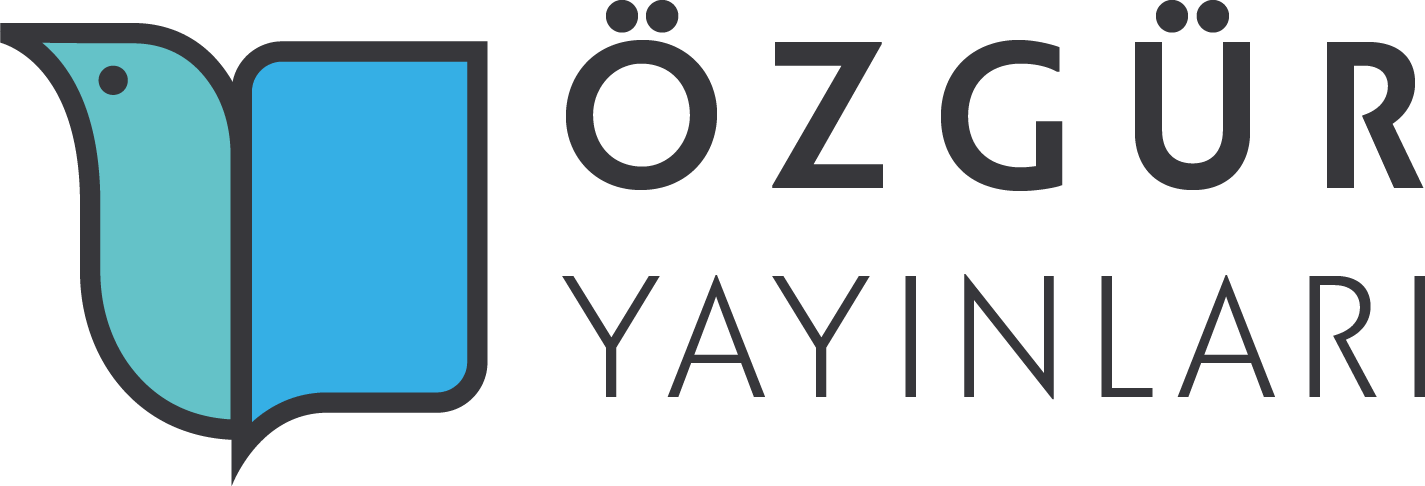
Modulation of the Periodontal Microenvironment: Cellular Adaptation and Clinical Implications in Orthodontic Miniscrew and Implant Systems
Şu kitabın bölümü:
Özen,
G.
Y.
(ed.)
2025.
The Encoded Discipline in Bone: From Orthodontic Anchorage to Implant-Supported Rehabilitation.
Özet
This chapter examines the interdisciplinary relationship between the periodontal microenvironment and anchorage systems such as orthodontic miniscrews and dental implants. Rather than viewing the periodontium as a passive support structure, it is described as a dynamic interface where immune responses, cellular adaptation, and microbial activity are continuously regulated. Unlike natural teeth with proprioceptive periodontal ligaments, implants and miniscrews lack adaptive buffering.
The chapter compares bone remodeling responses under functional loading in orthodontic (temporary anchorage) versus implantologic (permanent stabilization) systems, focusing on RANKL/OPG modulation and the impact of micromobility on bone resorption. It highlights the significance of periodontal phenotype—especially soft tissue thickness and keratinization—in maintaining marginal bone levels and ensuring long-term stability.
The interplay between surface topography, microbiota, and biofilm formation is explored in the context of peri-implantitis and miniscrew-related inflammation. Digital technologies such as CBCT and AI-based tools are discussed as aids in personalized, phenotype-driven treatment planning. Clinical decision-making algorithms are proposed for timing and integration of orthodontic and implant procedures.
In conclusion, this chapter integrates periodontology, orthodontics, and implantology by promoting biologically compatible, phenotype-specific, and digitally guided strategies in modern dental practice.

